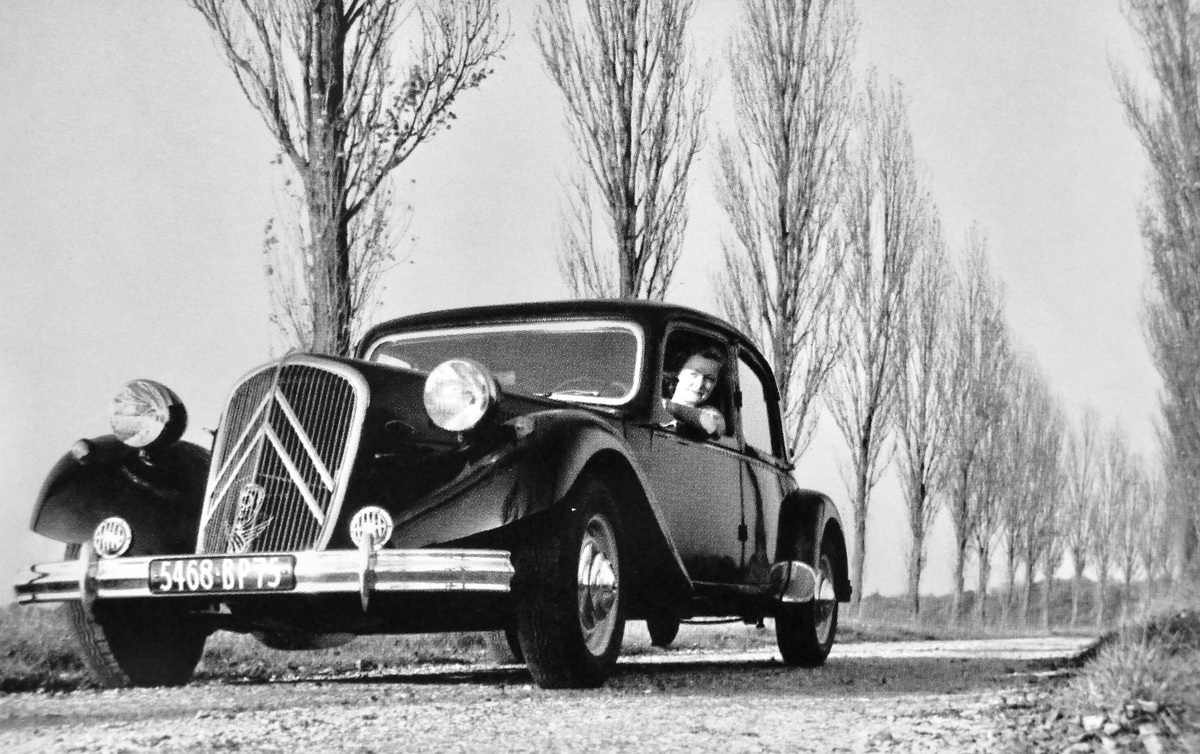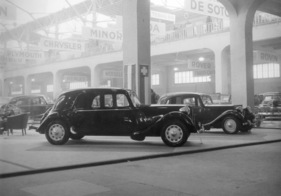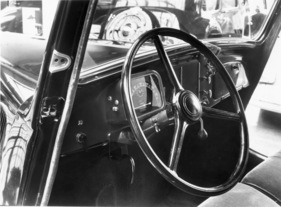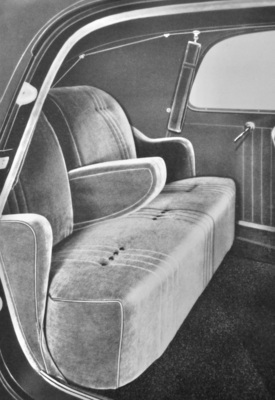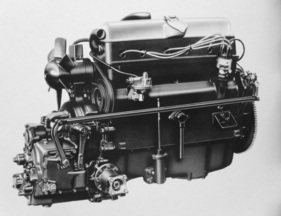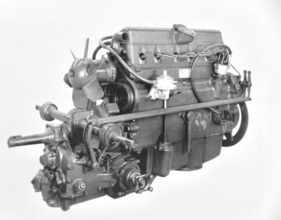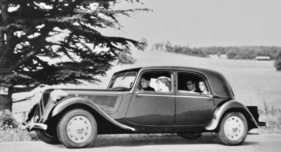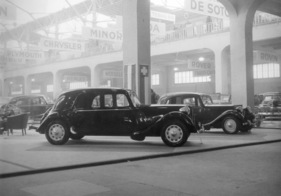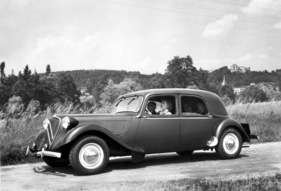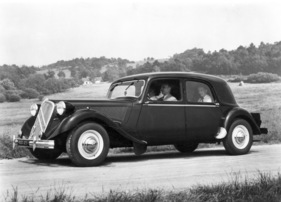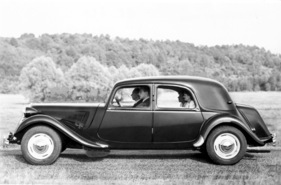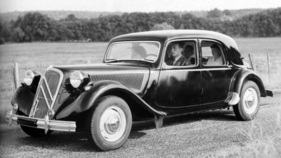Citroën 15-Six - The queen of the road
Summary
At the end of 1938, the six-cylinder engine finally gave the Traction Avant the engine power to match its outstanding chassis. Although hardly changed externally, the technology was constantly developed further, so that even in the mid-fifties one of the most old-fashioned cars still had one of the most advanced wheel suspensions. This article is dedicated to the last Citroën saloon with a six-cylinder engine until the appearance of the XM.
This article contains the following chapters
- Chassis
- Engine
- Gearbox
- Test phase
- Presentation
- Further development and first hydropneumatics
- Bodywork
Estimated reading time: 5min
Preview (beginning of the article)
From the outset, André Citroën not only aimed for a four-cylinder engine with the "Traction Avant", but also a six-cylinder and an eight-cylinder engine. Interestingly, they did not proceed in this order, but initially developed the V8 in parallel with the four-cylinder. The reason for this was that the aim was to find a cost-effective solution by using two four-cylinder engines, but this quickly proved to be illusory. The second approach, an engine based on the Ford model, proved to be too heavy. The company therefore concentrated on the six-cylinder engine. The new Citroën owner Pierre Michelin set the bar high: "This luxury-class model will compete against Bugatti, Delage, Hotchkiss or Talbot."
Continue reading this article for free?
Photos of this article

